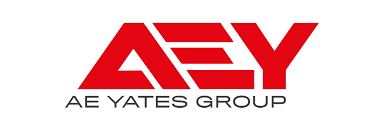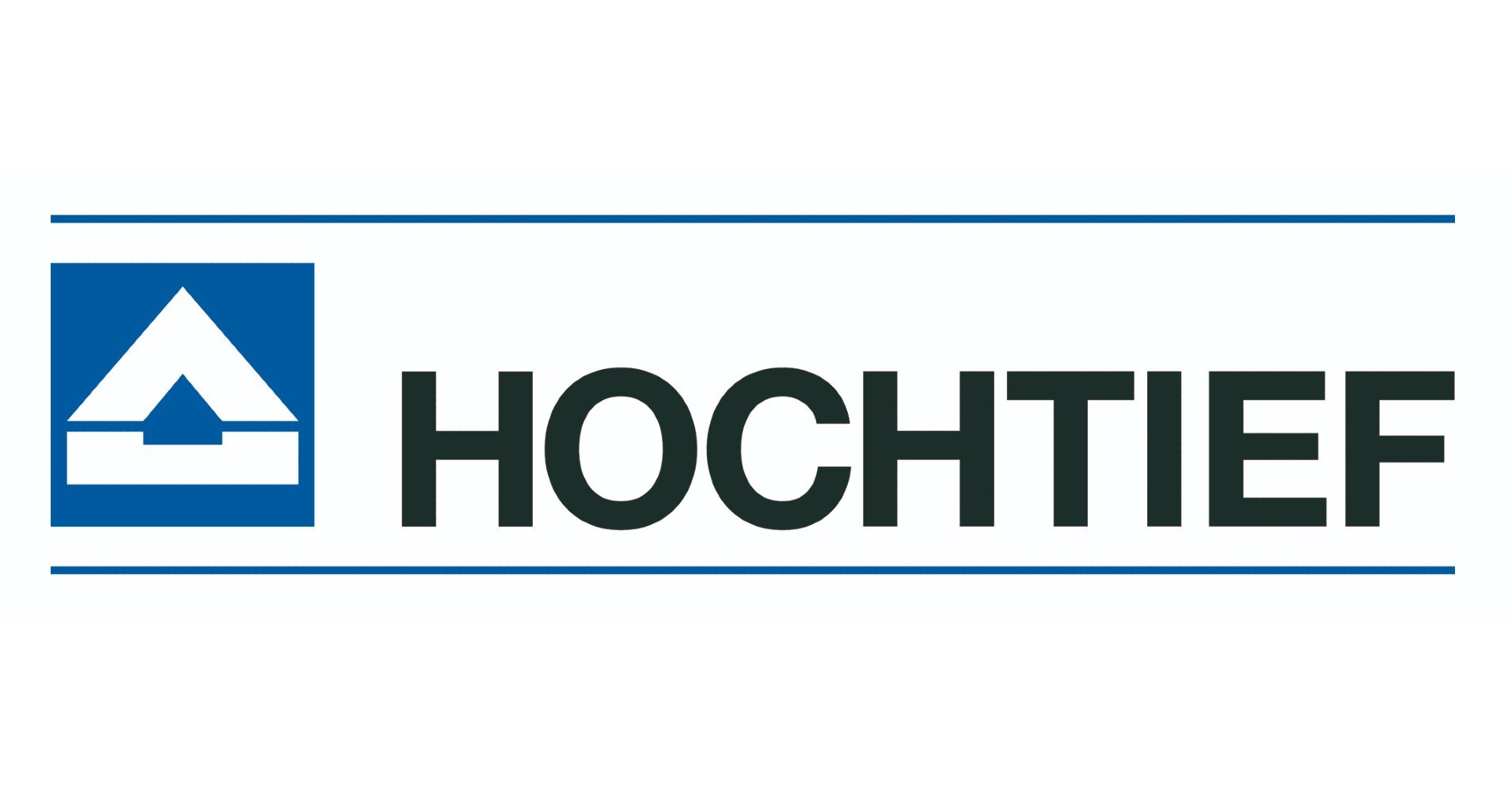Altitude are long term lighting partners of Keele University, having maintained their external campus lighting since 2014. In early 2017 we were approached by the Estates and Development Directorate who, as part of a campus wide initiative to reduce energy consumption, asked us to make some proposals for upgrading the existing lighting. Having previously relied on sodium-based SON lanterns, the University was looking to upgrade to LED lighting columns in a drive to significantly reduce energy consumption, as well as improve lighting levels for student safety.
Altitude, in collaboration with Urbis Schreder quickly developed some design proposals, along with detailed costings and payback calculations. The proposals were accepted and in July 2017 works commenced on site.
Main Campus Lighting
The lighting scheme, consisting of over 250 new luminaires, is managed by Schréder’s Owlet central management system (CMS) which allows real-time control of the entire lighting network. The Owlet system is programmed with advanced dimming features that use sensors to reduce the light emitted from a LED when the area is not in use—minimising cost and energy consumption but ensuring pupil safety is protected.
The implementation of the Owlet system provides the University with flexibility in how it chooses to operate its external lighting. Lighting levels can therefore be adapted to meet the current and future needs of the University.
Once the entire site regeneration is complete, it is estimated that the move to LED technology will reduce the University’s overall energy consumption by more than 50 per cent.
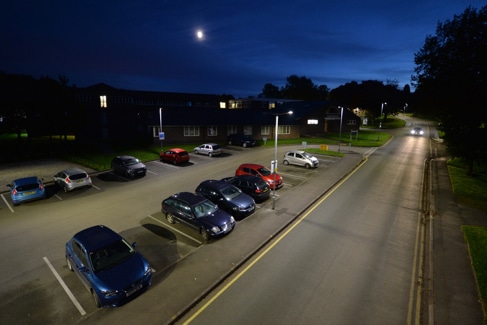
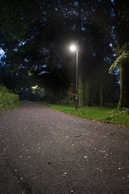
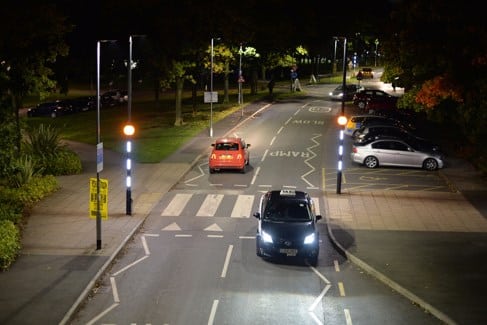
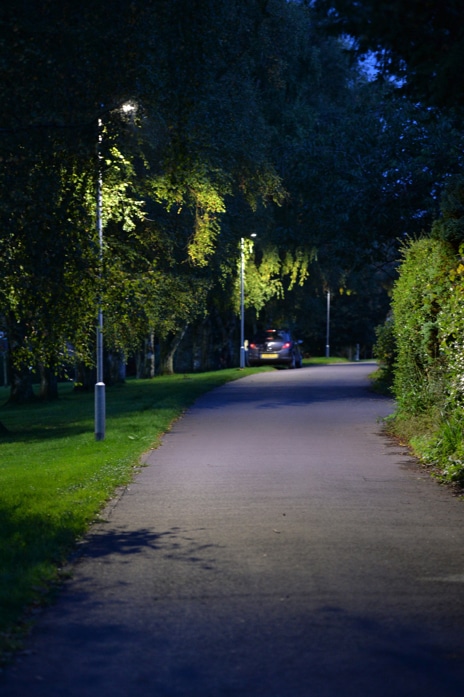
Observatory Lighting
Keele University is renowned for its astronomical observatory. Located on a hilltop within the campus, Keele Observatory was founded in 1962 and hosts a 31cm aperture refractor dating back to 1874 as well as a 61cm aperture research reflecting telescope. It is open to the public at certain times, and weather permitting, can provide amazing views through the telescopes of objects such as the Moon, planets, star clusters, or the Sun.
Part of our brief was to install low level bollard lighting to the footpaths and parking area around the observatory. The astronomers were concerned that the additional lighting would hamper their views of the nights sky, so Altitude were asked to provide a solution.
We designed a scheme using The Urbis Schreder Pharos Bollards, with a ‘Owlet’ dimmable drivers. This allowed the output of the bollard lights to be dimmed on demand via a switch inside the building, to 20% of the regular output. This allowed the paths to be lit very slightly during stargazing sessions. The results have been welcomed, and the pictures below show the difference when the dimming facility is triggered. As you can see, even dimmed to 20% there is still enough light to provide safe route for pedestrians, whilst minimising the impact on the darkness needed to observe the night sky.:
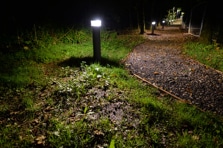
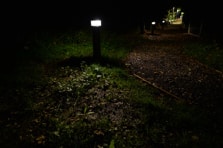
The LEDs are encased centrally in the head of each bollard and offer extremely clear white light around the entire bollard, providing students and staff with safe and well-lit pathways to use—both at night and when ambient light levels are low.
A bright future
In the next 12 months the University is to undergo further structural redevelopment, with three new sites planned for construction.
Robert Westwood, Commercial Manager at Altitude Services commented: “The lighting regeneration at the University of Keele will enable the campus to have a modern lighting network, capable of meeting its unique requirements and ensuring uniform coverage for the entire site. We were delighted to be chosen by Keele University to deliver this project from conception through to design, supply and installation, and the results have been superb.”


